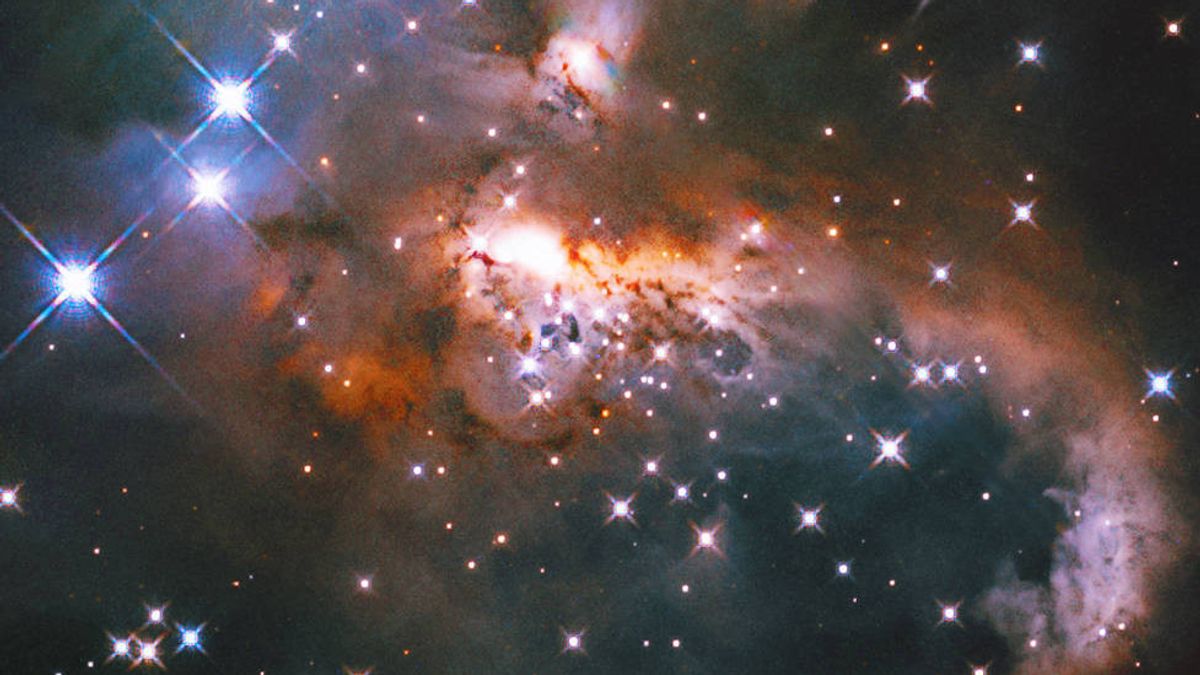JAKARTA - The Hubble Space Telescope has again captured an astronomical phenomenon dubbed the Snowman Nebula. This is an emission nebula in the constellation Puppis in the southern sky.
It is about 6,000 light years from Earth. Emission nebulae are clouds of diffuse gas that are filled with the energy of nearby massive stars so that they shine with their own light.
When stars are born in a nebula, they give off energy in the form of radiation. It is known that radiation from this massive star releases electrons from the nebula's hydrogen atoms in a process called ionization.
As the electrons return from a higher energy state to a lower energy state, they emit energy in the form of light, causing the nebula's gas to glow.
Citing the official NASA website, Monday, November 15, this ionization is what gives the nebula its beautiful color and shape. However, there is a reason why this nebula is called the Snowman, aka a snowman, even though it doesn't look like it.
SEE ALSO:
Because, this particular image only captures a small part of the total shape of the nebula. It looks like a ball of gas with two lobes or a polar outflow, but this image from the Hubble telescope captures details of the nebula as bright curves swept away by gas and dust forming dark knots in a small part of the nebula.
The Snowman Nebula, also known as Sharpless 2-302, is one of the objects in the catalog of most emission nebulae compiled by astronomer Stewart Sharpless as he sought to identify areas of interstellar ionized hydrogen, or Hll regions.
The English, Chinese, Japanese, Arabic, and French versions are automatically generated by the AI. So there may still be inaccuracies in translating, please always see Indonesian as our main language. (system supported by DigitalSiber.id)

















